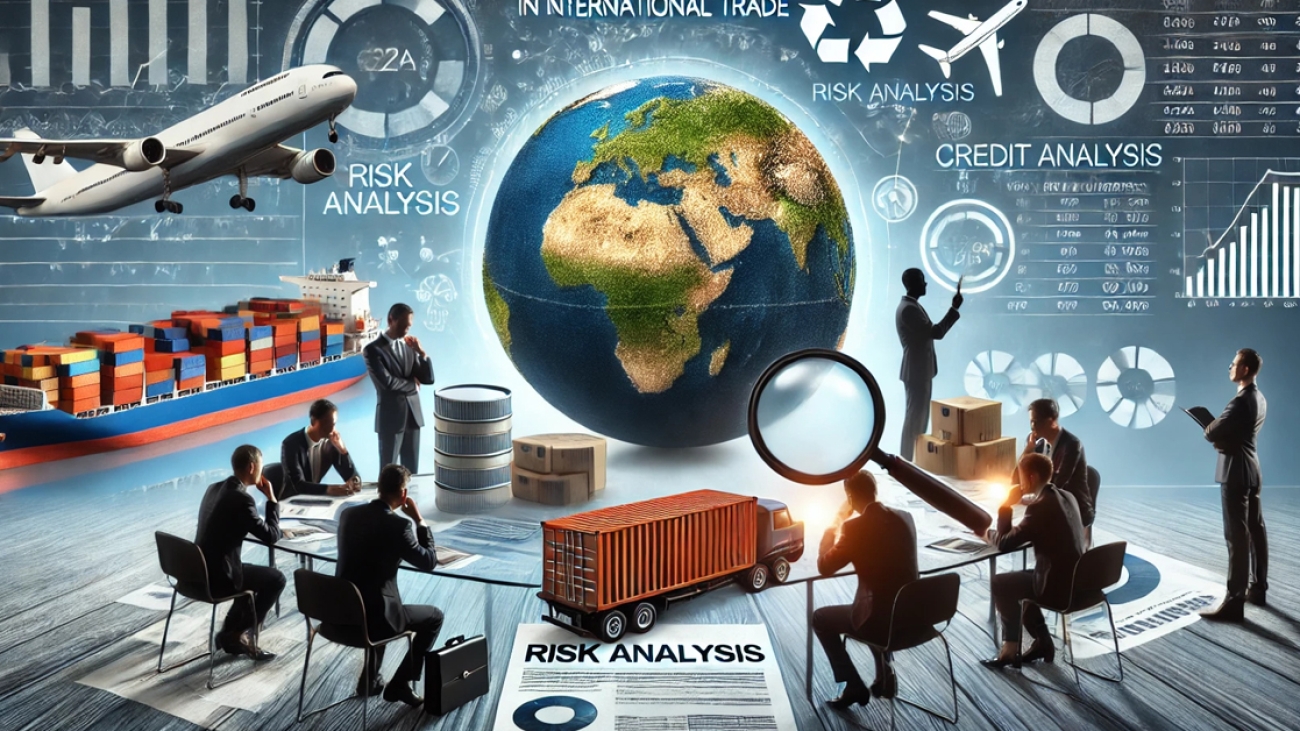Introduction
In the fast-paced world of international trade, efficient logistics play a crucial role in ensuring the success of any business. From managing costs to reducing delays, supply chain optimization can significantly improve a company’s ability to handle imports smoothly. By streamlining processes, companies can not only save money but also improve reliability and customer satisfaction. In this post, we’ll explore why optimizing your supply chain is essential for international trade success and how it can give your business a competitive edge.
1. Reducing Costs Through Efficiency
A well-optimized supply chain can help businesses minimize costs at various stages of the import process. By analyzing and improving transportation routes, consolidating shipments, and negotiating better deals with carriers, companies can significantly reduce expenses related to logistics.
(h3) How It Benefits You:
- Lower shipping costs: Fewer delays and optimized routes result in lower transportation expenses.
- Less inventory holding: Improved delivery times reduce the need for excess inventory, cutting storage costs.
- Better supplier management: Efficient supplier coordination allows businesses to order in bulk, securing better rates.
2. Minimizing Delays and Disruptions
In international trade, delays at customs, ports, or during transportation can lead to missed deadlines and increased costs. Optimizing the supply chain helps businesses manage these disruptions by identifying potential risks and creating contingency plans.
(h3) How It Benefits You:
- Faster customs clearance: By ensuring that all documentation is accurate and complete, you can avoid unnecessary delays at customs.
- Backup plans: A robust supply chain strategy includes alternative routes and suppliers in case of disruptions, ensuring that operations continue smoothly.
- On-time deliveries: Reduced delays improve your reputation with clients and ensure reliable deliveries.
3. Enhancing Supplier Relationships
Strong supplier relationships are crucial in international trade. An optimized supply chain allows businesses to work closely with suppliers, ensuring smooth coordination, timely orders, and improved quality control.
(h3) How It Benefits You:
- Better communication: Streamlined processes improve communication between your business and suppliers, reducing errors.
- Consistency in supply: With strong supplier partnerships, businesses can secure reliable stock availability.
- Improved product quality: Better coordination results in higher-quality products, as there’s more time for quality checks and inspections.
4. Leveraging Technology for Better Visibility
Technology plays a key role in supply chain optimization. Tools like tracking systems, data analytics, and inventory management software give businesses real-time visibility into their supply chain, helping them make informed decisions and avoid disruptions.
(h3) How It Benefits You:
- Real-time tracking: Monitoring shipments in real time allows businesses to adjust operations quickly if issues arise.
- Predictive analytics: By analyzing past data, companies can forecast demand and make smarter inventory decisions.
- Automation: Automating routine tasks helps reduce human error and speeds up the overall process.
Conclusion
Supply chain optimization is not just a luxury but a necessity for businesses engaged in international trade. It helps reduce costs, minimize delays, strengthen supplier relationships, and leverage technology for smoother operations. By streamlining your supply chain, you can ensure smoother imports, faster delivery, and overall business success in the global marketplace. Embracing supply chain efficiency ultimately leads to long-term competitiveness and profitability in international trade.




